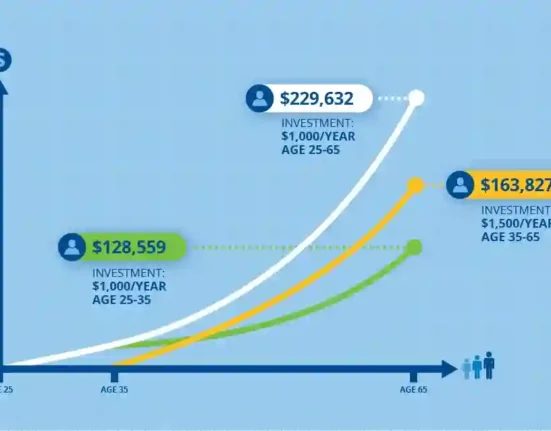The path to entrepreneurship doesn’t always require large investments. With some research and creativity, you can bootstrap your business idea and start making money that you can reinvest into growth.
The easiest businesses to start with no capital are services-based, such as consulting or freelancing. But even a product-based business can be started with minimal cash. Dropshipping and print on demand are two examples.
1. Develop Your Idea
Whether you’re starting an online business or a traditional one, it takes more than a great idea to turn a concept into a successful company. That’s why it’s essential to develop your idea and conduct market research before you start raising money or filing any paperwork.
To do this, brainstorm any ideas that come to mind and jot them down as they occur. Review the list later and select the best one to move forward with. You can always choose another idea later if your first choice doesn’t work out.
This is also the time to get feedback on your idea from people who can provide objective and critical evaluations. For example, if you think your new business will appeal to video game lovers, test your idea on a few of them.
2. Conduct Market Research
Market research is one of the most important tasks a business must undertake before starting operations. It can help you determine if there is demand for your product or service, and it can also show you where you stand in the competitive landscape.
The first step in conducting market research is to find out what your competitors are doing. You can do this by reviewing their websites, social media, and customer feedback.
This information will allow you to identify the strengths and weaknesses of your competitors, so that you can take steps to overcome them. You should also gather demographic data, such as age, location, and income level, to understand the potential market size for your product or service. This information will help you set a realistic budget.
3. Create a Business Plan
A business plan provides a roadmap for your ideas. It can also help you define your goals and determine whether you are ready to start a business or not.
A good business plan should include a description of your product or service and how it is different from others on the market. You should also include details about your legal structure, including a sole proprietorship, LLC, partnership or corporation. In the management and organization section, you should state who will run your company and how much ownership each person has.
Finally, you should provide a financial plan that includes projections for the first three to five years of operation. This is especially important if you are seeking funding from outside sources. This will give potential investors a clear picture of your company’s success and profitability.
4. Look for Funding
Most new businesses require some level of financial support in order to get off the ground. There is no one-size-fits-all solution for finding funding, but there are a number of common options to consider.
Many entrepreneurs choose to bootstrap their business, meaning they use their own personal savings or sell assets to fund it. Others may choose to remain in their current full or part-time job until they have enough revenue coming in from the business to support them on their own.
Bank loans are a popular option for small businesses, and there are many lenders that specialize in providing this type of financing. Using an online calculator to estimate your startup costs can help you determine how much capital you need, which will narrow down your loan options.
5. Network
Creating a business on a shoestring budget requires you to leverage your own resources, such as your knowledge, skills, and experience. Moreover, it forces you to build a network of like-minded individuals who can provide support and mentorship. In addition, entrepreneurs on a limited budget learn how to manage their time efficiently and prioritize tasks that yield the greatest returns.
Service-based businesses such as virtual assistance or freelance writing are some of the easiest to start on a shoestring. Similarly, dropshipping and print on demand businesses allow you to minimize upfront costs by only paying for inventory when a customer purchases it. Additionally, look for government grants and support programs designed to help small business owners. These may be available at the local, state, or federal level.









